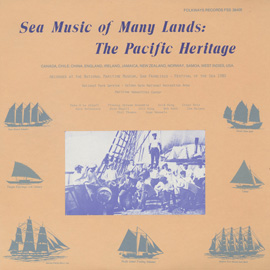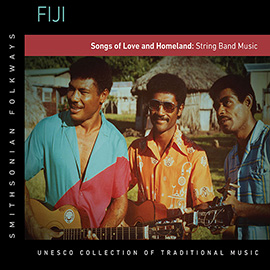Summary
Explore the music of the Pacific islands of Samoa, Fiji, and Tonga, including their instruments and cultural similarities. Practice musical notation by transcribing and rhythm and melodic contour. Identify the instruments used and their significance.
Suggested Grade Levels: 3-5
Country: Samoa, Fiji, Tonga
Region: Pacific Islands
Culture Group: Pacific Islander
Genre: World
Instruments: Conch Shell, Rhythm Sticks, Voice
Language: Samoan
Co-Curricular Areas: Social Studies, Science
National Standards: 1, 2, 4, 5, 6, 8, 9
Prerequisites: Basic knowledge of rhythm and melodic contour
Objectives:
- Identify types of instruments used in the Pacific Islander music
- Notate basic rhythms and melodic contour
- Compare the music among the three cultures
Material:
- Various Folkways recordings
- Stereo
- Pipe Cleaners
- Rhythm Sticks
Lesson Segments:
- Shell We Play? (National Standards # 5, 6, 8, 9)
- Slit Drum Sounds and Signals (National Standards # 2, 4, 5, 6, 9)
- Pacific Polyphony (National Standards # 1, 2, 6, 9)
1. Shell We Play?
Prerequisites:
- Familiarity with melodic contour and notation
Objectives:
- After listening to “Pu,” students will identify the type of instrument they hear (Aerophone, chordophone, idiophone, membranophone)
- Students will notate what they hear using pipe cleaners
- Students will relate their knowledge of the conch shell to sounds from other cultures and to the science of the anatomy of shells
Materials:
- “Pu” (Samoa) performed by Malufinao Falemai from Music from Western Samoa: from Conch Shell to Disco (FW04270_101)
- “Ancient Instruments” (Mexico) unknown performer from Indian Music of Mexico (FW08851_111)
- “Conch Shell Trumpets” (Peru) performed by Q’eros authorities from Mountain Music of Peru, Vol. 1 (SFW40020_139)
- “Flame Shrine: Conch and Drum” (Nepal) performed by Sumduch and Unabsong from Songs and Dances of Nepal (FW04101_205)
- “Taps” unknown performer from Sounds for Camp (FW06112_107)
- Pipe cleaners (6 per person or small group)
- Photographs of Conch Shell

- Stereo
- Optional:Conch Shell
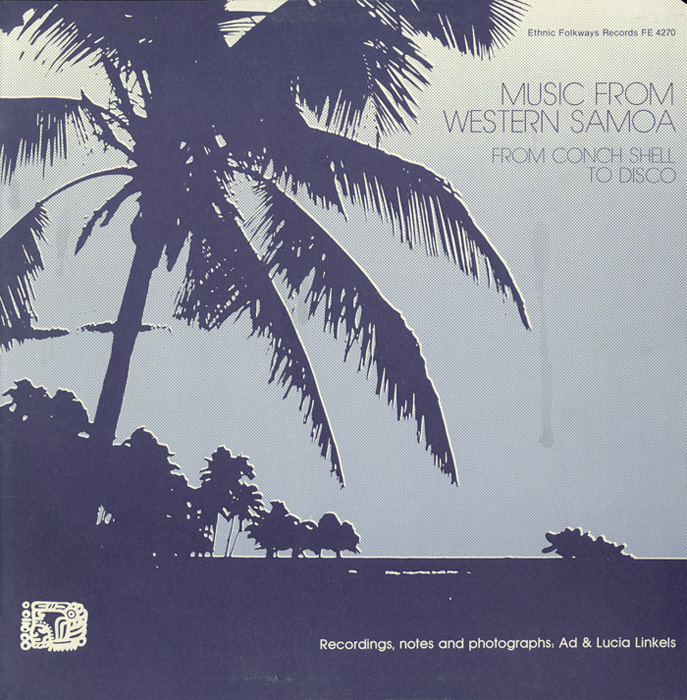
“Pu”
from Music from Western Samoa: from Conch Shell to Disco (1982) | FW04270
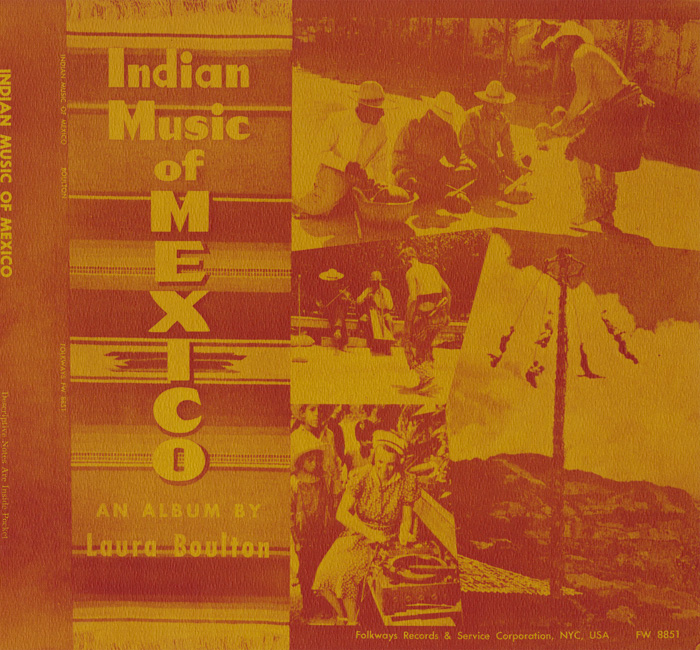
“Ancient Instruments”
from Indian Music of Mexico (1957) | FW08851
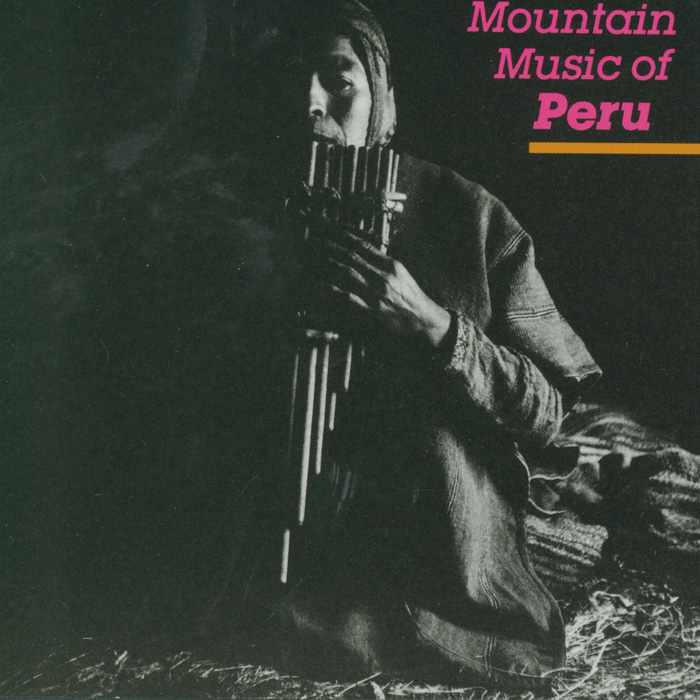
“Conch shell trumpets”
from Mountain Music of Peru, Vol. 1 (1991) | SFW40020
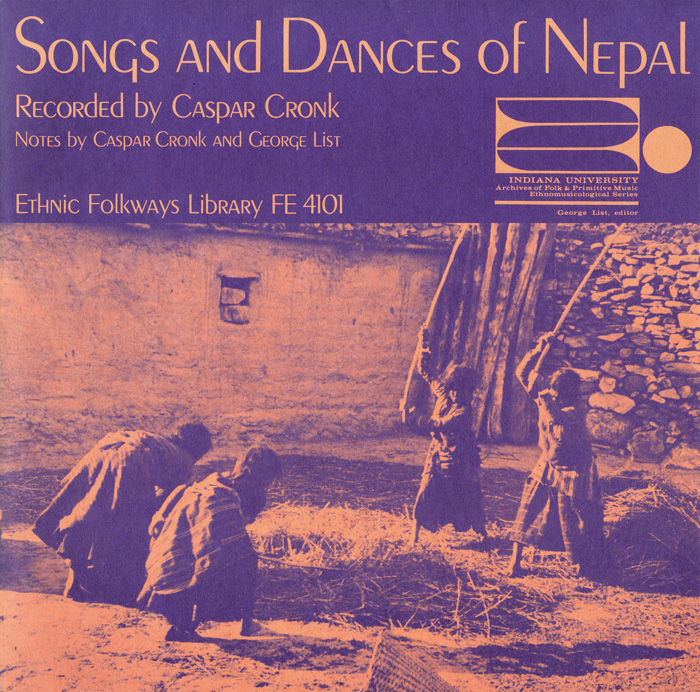
“Flame Shrine: Conch and Drum”
from Songs and Dances of Nepal (1964) | FW04101
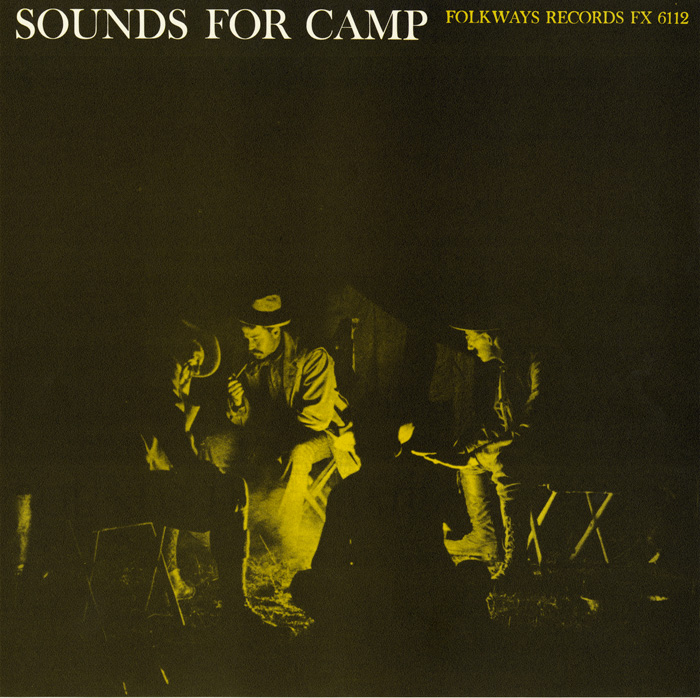
“Taps (Open & Muted)”
from Sounds for Camp (1964) | FW06112
Procedure:
- Listen to “Pu” and determine what type of instrument is being played and, if able, identify the instrument itself (aerophone; conch shell). Samples of the instruments in solo are available online, as are pictures.
- Discuss the conch shell as an instrument. Why would it be used? Music? Signals? Both? Why?
- Listen again and try to “notate” the conch shell signal with pipe cleaners (alone or in small groups (bend the wire to match the undulation of the shell’s pitch).
- Listen to the conch shell signals of Mexico, Peru, and Nepal and try to notate with pipe cleaners. Do these conch shells from different countries sound similar or different? Why? Are some higher or lower than others? Why? Why would a similar instrument be found so far away?
- Aerophones are used to provide signals in other cultures. Listen to the recording of “Taps.” Have you heard this signal before? What does it mean? When/where have you heard it? Is it music, a signal, or both?
- View photograph of conch shell and discuss how the anatomy of the shell lends itself to being played as an instrument.
- Optional extension: Build a conch shell trumpet. You can find information freely available online.
Assessment:
Students may demonstrate understanding by providing answers to discussion points and by demonstrating ability to notate sounds through the pipe cleaner dictation activity.
2. Slit Drum Sounds and Signals
Prerequisites:
- Basic music literacy
- Basic skills with rhythmic playing
Objectives:
- After listening to “Lali,” students will identify the type of instrument they hear (aerophone, chordophone, idiophone, membranophone)
- Students will read and compose rhythm patterns
- Students will play basic slit drum rhythm patterns Students will connect slit drum playing to that of other world cultures
Materials:
- “Lali” (Samoa) performed by two members of Methodist Church from Music from Western Samoa: From Conch Shell to Disco (FW04270_102)
- “Wooden Slit Gong” (Fiji) unknown performer from Music of the World’s Peoples: Vol. 5 (FW04508_405)
- “Slit-gong Signaling” (Congo) unknown performer from Mbuti Pygmies of the Ituri Rainforest (SFW40401_110)
- Chairs
- Maps of Samoa and Fiji
- Pencil/paper
- Photographs of Slit Drums

- Rhythm Pattern Sheet
- Rhythm Sticks

“Lali”
from Music from Western Samoa: from Conch Shell to Disco (1982) | FW04270
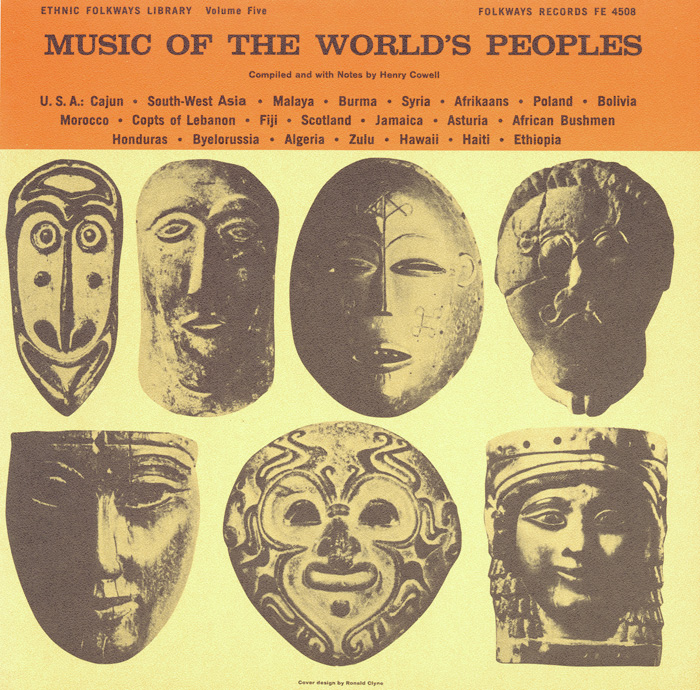
“Wooden Slit Gong”
from Music of the World's Peoples: Vol. 5 (1961) | FW04508
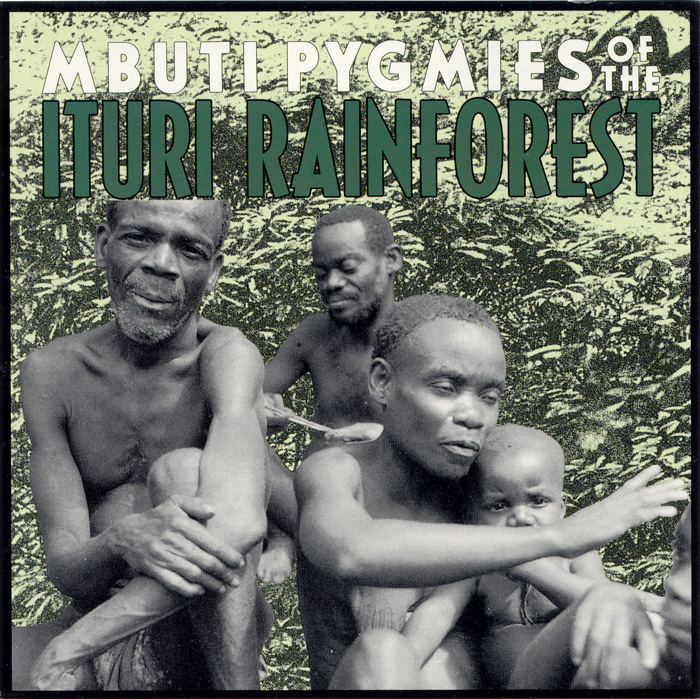
“Slit-gong signalling”
from Mbuti Pygmies of the Ituri Rainforest (1992) | SFW40401
Procedure:
- Listen to “Lali” and try to pat the beat. Is it easy to do? Does the music speed up/slow down/ stay the same? What is the musical term that describes this phenomenon?
- What type of instrument is this (aerophone, chordophone, idiophone, membranophone)? Samples of the instruments in solo are available online, as are pictures.
- Discuss slit drum (also called slit gong) construction from a hollowed out tree trunk. Sometimes it is used as a signal, other times as music. “Lali” is a medium-sized Samoan slit drum and is performed in pairs - tatasi (higher pitched of the two) and talua (lower pitched of the two). Refer to photographs and maps throughout discussion.
- Listen to “Wooden Slit Gong” from Fiji. Compare this sound with “Lali.” Which drum is larger? How can you tell? Do you think all slit drums would/could sound the same? (Drums will vary as trees vary.) What do both of these recordings have in common? (Both have an accelerando at the beginning.)
- Listen to “Lali” once more. Distribute rhythm sticks and flip over chair. Use the bottom of the chair to drum along with the recording, using the basic rhythm patterns provided. Split into a tatasi group and a talua group.
- Split into pairs. Each pair divides into tatasi and talua parts and composes a 4 beat ostinato for each part using quarter notes, eighth notes, and sixteenth notes. Perform compositions for the class.
- Optional extension: Listen to the slit drum signal of the Mbuti Pygmies. Why/how would the same type of instrument be found and used so far away from the Pacific Islands?
Assessment:
Discussion answers, rhythmic performance, and rhythmic compositions may all demonstrate students’ understanding of the material.
3. Pacific Polyphony
Prerequisites:
- Optional: Ability to play melodies on an instrument
Objectives:
- Students will sing a Tongan story song
- Students will listen for various instruments and vocal textures in Pacific Islands musical selections
- Students will play the melody of a Tongan story song
- Students will make connections among vocal musical styles of Samoa, Fiji, and Tonga
Materials:
- “Fiafia ‘O Lo’u Loto” (Tonga) performed by Fetu O Le Afiafi from Sea Music of Many Lands: The Pacific Heritage (FW38405_104)
- “Vakambolo - Hand Dance” (Fiji) unknown performer from Music of the World’s Peoples: Vol. 5 (FW04508_406)
- “Ua lata mai le aso fa’amasino” (Samoa) performed by Le Patiloa from Music from Western Samoa: from Conch Shell to Disco (FW04270_117)
- “Pese o le fa’aulufalega” (Samoa) performed by Group of singers of the Malua district from Music from Western Samoa: from Conch Shell to Disco (FW04270_108)
- Song notation for “Fiafia ‘O Lo’u Loto” (for an overhead transparency or individual song sheets)
- Vocal Texture Sheet (for an overhead transparency or individual worksheets)
- Stereo
- Optional: Melodic instruments (Choice of recorders, xylophones, etc.)

“Ua lata mai le aso fa'amasino”
from Music from Western Samoa: from Conch Shell to Disco (1982) | FW04270
“Pese o le fa'aulufalega”

“Vakambolo - Hand Dance”
from Music of the World's Peoples: Vol. 5 (1961) | FW04508
Procedure:
- Listen to three recorded examples (“Fiafia,” “Vakambolo” and “Ua lata”). What instruments are accompanying these songs?
- Listen to the recorded examples again, this time listening for the voices; choose the picture from the Vocal Texture Sheet that best represents what the voices are doing
- These selections are polyphonic - initiate discussion about various textures: homophonic, polyphonic, monophonic; polyphonic texture is used extensively in Polynesian vocal music; discuss worksheet answers
- Sing “Fiafia” on a neutral syllable using the notation provided (sing alone or along with recording); how is your version different? (polyphonic vs. unison)
- Optional: Sing “Fiafia” in the original Samoan (Full translation may be found in the Smithsonian Folkways Liner Notes)
- Optional: Play “Fiafia” on melodic instruments
- Optional Extension: Listen to “Pese o” from Samoa. Which of the previous three examples does it sound most like? Why? (This recording sounds similar to “Fiafia”) Initiate a discussion as to why/how musics of different islands could sound the same(migration)
Assessment:
Students’ understanding of the material is assessed through discussion participation, worksheet answers, singing, and playing instruments.










